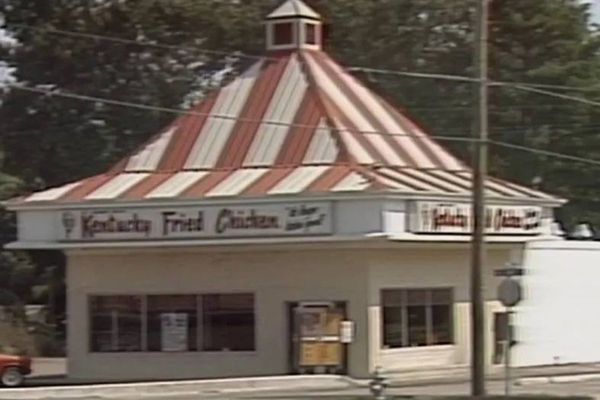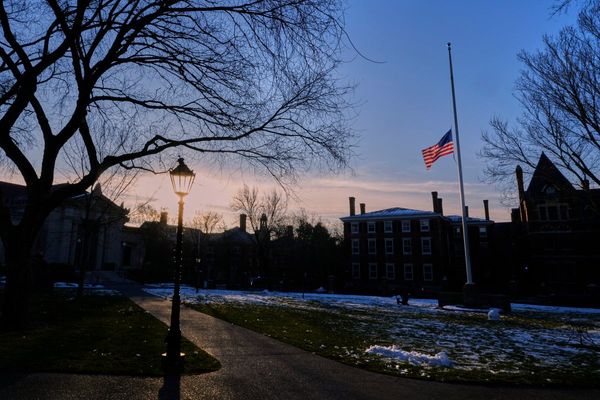A fire at a substation which resulted in Heathrow Airport being closed was completely avoidable, according to damning new findings.
The shutdown of one of the country’s busiest airports was caused by a problem found seven years ago which was not fixed, it has been found.
An investigation into the blaze found that National Grid, which owns the substation, had been aware of a fault on the substation since 2018 but had not taken steps to address them.
The report states there were numerous opportunities to rectify issues at the substation which would have meant the blaze could have been avoided altogether, but maintenance was repeatedly deferred.
Energy watchdog Ofgem has now launched an investigation into National Grid following the report's findings, which have been labelled as “deep concerning” by Energy Secretary Ed Miliband.
The National Energy System Operator (Neso) said moisture entering electrical components at the North Hyde substation caused the blaze at the site that supplies the UK's biggest airport with power.
It said "elevated" moisture had been detected in July 2018 and that under National Grid's guidance, such readings indicate "an imminent fault and that the bushing should be replaced".
But it said the issue went "unaddressed" and an "basic maintenance" to fix the problem in 2022 was deferred.
Heathrow was shut down as a result of the power cut, which led to thousands of cancelled flights and stranded passengers.
But what is a substation and why have there been so many fires at them?
Here is all we know:
What is a substation?
A substation forms a crucial part of the electrical grid, acting as a switching and transforming station for electricity. They are responsible for converting electricity into different voltages so it can be safely delivered to homes and businesses.
Substations contain switching equipment, transformers, and lines in and out of the facility. Transformers work by transferring electrical energy via a changing magnetic field to increase and decrease the voltage accordingly.
There are two different types of substations; some form part of the transmission network and the others form part of the distribution network.
Transmission stations are located at the point at which electricity enters the transmission network, for example near a power source like a wind farm. According to the National Grid, they are the junctions “where circuits connect to one another, creating the network around which electricity flows at high voltage.”
Distribution stations operate at lower voltage and route the electricity so that it can safety enter homes and businesses.
Why are there so many substation fires?
Fintan Devenney, senior energy analyst at Montel Analytics, said there is likely no one answer as to why there are so many substation fires. However, a common factor could be that much of the infrastructure is aging. For example, the transformer that tripped during the Heathrow incident was commissioned in 1968, he says.
There is also not one clear answer as to how substation fires begin.
How many substation fires have there been?
From March - within 10 weeks, there have been eight incidents of substation fires.
These fires have had serious impacts with the Heathrow substation fire causing outages across the capital, including 66,000 homes in west London. The airport was closed for more than a day and cost around £60 to 100 million in lost revenue.
The fire in Huddersfield cut off around 300 customers and resulted in the serious injury of a worker. In Nottingham, 200 properties were left without power, and in Maida Vale, nearby flats were forced to be evacuated the first time and the Bakerloo line was impacted the second. The substation fire in Glasgow cut off around 500 properties and the incident in Exeter required 25 to be evacuated and left 281 without power.
What caused the substation fires?
Whilst some have speculated that the fires have been a result of international sabotage, the incidents have been attributed to tampered equipment, “third party damage”, old infrastructure, and “power blips”.
What caused the substation fires?
March 3: Lancing, West Sussex (caused by tampered generator)
March 15: Huddersfield (health and safety investigation ongoing)
March 20: Heathrow (transformer exploded)
March 23: Nottingham (third-party damage)
April 12: Maida Vale, London (transformer exploded)
April 30: Glasgow (under investigation, two teenagers arrested)
May 11: Exeter (cause unconfirmed)
May 12: Maida Vale, London for the second time (“power issue”)
Is living next to a substation safe?
Concerns have been voiced about substations since the very beginning, but even more so now since they have repeatedly been at the root of the UK’s fires.
People have expressed fears over exposure to electromagnetic fields generated by substations. Evidence has shown there are little health risks caused by electromagnetic fields below certain guidelines. For reference, electromagnetic fields generated by substations are believed to be well within guidelines.
What does this tell us about the UK’s future?
Ben Pritchard, CEO at power solutions firm AVK, explains that the repeated substation fire incidents “underline the fact that the UK’s power grid is undergoing a period of intense transition.”
He added: “As demand patterns shift and decentralised technologies grow, the system needs to become more flexible and responsive.”
One way of moving forward could include better use of on-site power, ideally integrated with renewable sources, to reduce pressure on UK substation.
What’s in store for the UK’s power grid will require collaboration between the public and private sectors to ensure the grid evolves in step with the UK’s energy ambitions, he added.







